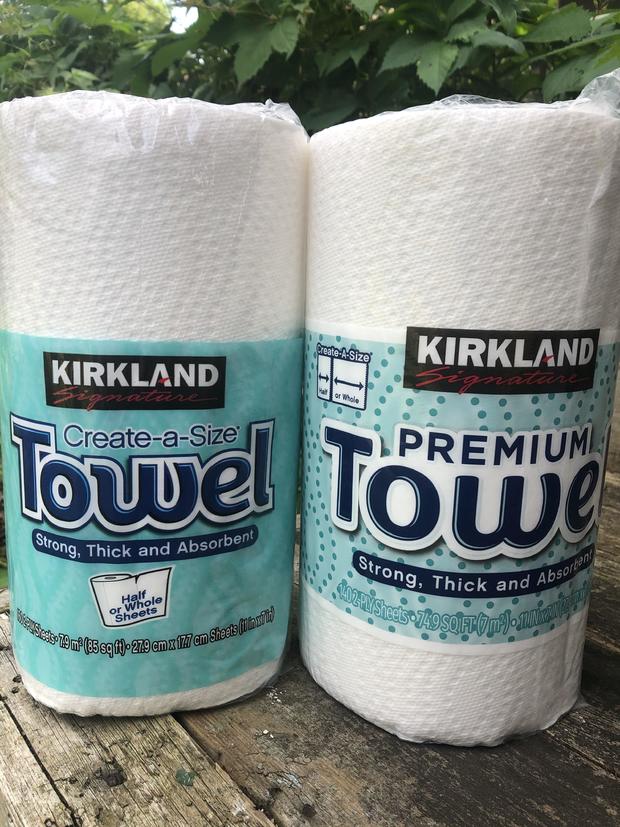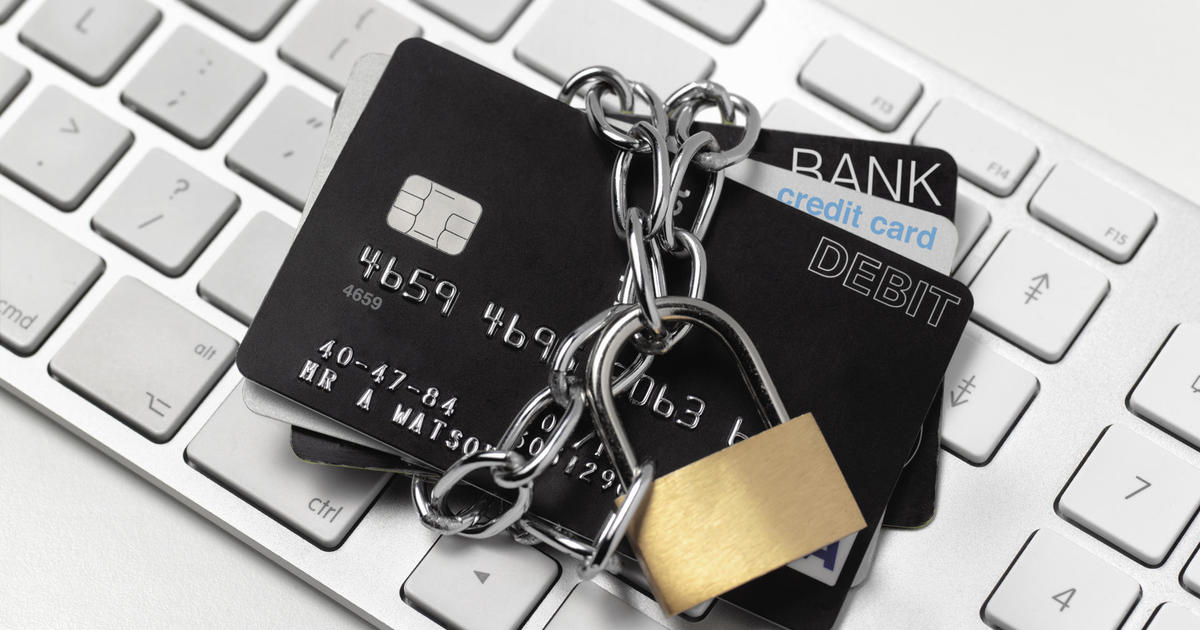"Shrinkflation" is hitting the grocery aisles as companies charge the same amount for less
Ice cream maker Tillamook said in a recent blog post that a sharp rise in the price of berries and other ingredients left it no choice: It would "reduce the carton size from 56oz to 48oz and keep the price the same" rather than shock shoppers with a sharp price hike.
Welcome to the post-pandemic grocery aisle, where consumers are increasingly paying the same price for less — a phenomenon known as "shrinkflation." It's not a new trick, as the technique often comes into play during periods of rising inflation or economic downturns, experts say.
The coronavirus crisis has placed cost pressures on a number of industries and their products due to a range of factors, such as difficulty hiring workers, trucking shortages and price increases for raw materials. On Thursday, the United Nation's FAO Food Price Index said global food prices jumped in May, marking the biggest month-on-month gain since October 2010 and bringing the index to its highest point since September 2011.
"A little less in the box"
The rising price of everything from berries to corn is placing food producers and grocery stores in a bind, pushing them to decide whether to increase the sticker price or to shrink the package and charge the same amount. Because many shoppers tend to base their purchasing decisions on price, rather than examining the weight of the package, some producers and grocers are opting for the latter.
"If you are a manufacturer or retailer, you have a couple of choices — you can keep prices the same, which means you have lower margins. Second, you can run fewer promotions, and that definitely happened in the last year," said Anne-Marie Roerink, the founder of market research firm 210 Analytics. "And the third measure is to keep prices the same but have a little less in the box."
She added, "In times of high inflation, your ribeye will be cut a little thinner, so you are around that price point that a consumer believes is ideal."
Shrinkflation is often more palatable for grocers and manufacturers because they can maintain their margins, which are often thin for grocery stores — about one or two pennies on the dollar.
Smaller cans for kitty
Tillamook declined to comment, but the company said in its blog post that it decided to shrink its packaging "so that the affordable cost per carton of ice cream did not change for our fans." The dairy co-op noted that its consumer research found that grocery shoppers are focused on two things — price and brand — prompting the decision to shrink the carton.
At a Reddit forum on shrinkflation, people have documented shrinking packaging for everything from potting soil to facial tissues. Pet owners have posted their objections to smaller cans of pet food from Royal Canin, which The Washington Post noted has shrunk some cans to 5.1 ounces from 5.9 ounces.
"You changed the name, label and reduced size — not the price — did you think consumers wouldn't notice!!" one consumer wrote on the Royal Canin website earlier this year.
Other companies are shrinking product sizes simply to keep goods on the shelf. Costco said it changed its paper towel packaging to include fewer sheets per roll due to continuing demand for the product after shortages during the pandemic. That allowed the discount chain to increase the number of units it sells and keep the paper towels in stock.
But Costco said it is keeping the per-sheet price the same, with the smaller rolls selling for $14.79 a pack compared with $16.99 a pack for the bigger rolls. Both packages reflect a cost of 88 cents per 100 sheets. So while Costco shoppers aren't getting as many paper towels per roll as they did before, they also aren't paying as much for them.
"We recognize this change is not ideal and hope to return to the original 160 sheet per roll item as soon as possible," the company said in an emailed statement to CBS MoneyWatch.
Grocery bills 7% to 10% higher since COVID-19
Many Americans may be facing sticker shock at the grocery store, according to Roerink's data. Average prices rose 4% across a range of consumer packaged goods between March 2021 and mid-May 2021, compared with the same period a year ago. Household cleaning products have increased 8% from the year-ago period.
But compared with prices prior to March 2020, before the pandemic shuttered the economy, consumers are paying between 7% to 10% more across the grocery aisles, she added.
"All throughout the supply chain, everyone is struggling to get labor. And transportation costs have, in some cases, tripled," Roerink said. "We are absolutely going to see more shrinkflation."
This is partly due to an imbalance in supply and demand, with Oxford Economics pointing to the reopening of the U.S. economy as putting new pressure on retailers, restaurants and other businesses. For instance, restaurants — which shut off purchases of meat and other supplies last year when the pandemic shuttered the economy — are now ramping up purchase orders to meet the resurgent demand from consumers.
That means they're ordering meat and other supplies again, just as a few hundred million American consumers are also in the market for steaks to throw on the summer grill. Costco chief financial officer Richard Galanti said on an earnings call last month that beef prices have risen as much as 20% in the past month, partly due to higher feed and transportation costs as well as "increased demand coming now from institutional needs as restaurants start to reopen."
"Amid the economy's ebullient reopening, demand is rebounding more rapidly than supply, creating bottlenecks and price increases in many sectors," Kathy Bostjancic, chief U.S. financial economist at Oxford Economics wrote in a June 2 research note.
Inflation is likely to cool later in the year, Bostjancic wrote, as supply and demand regain much of their post-pandemic equilibrium. But until then, consumers may feel the pain at the grocery store — including finding they're paying the same for less.




